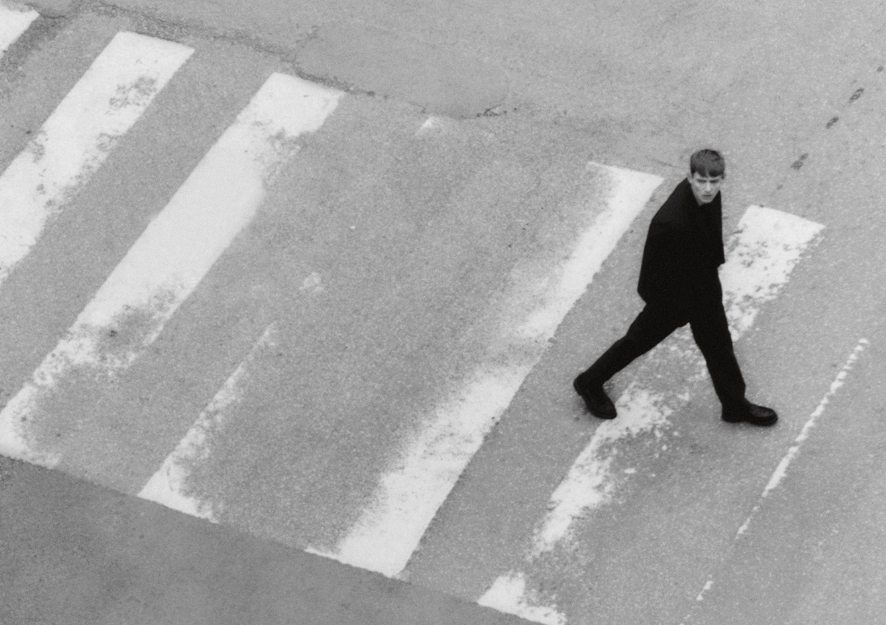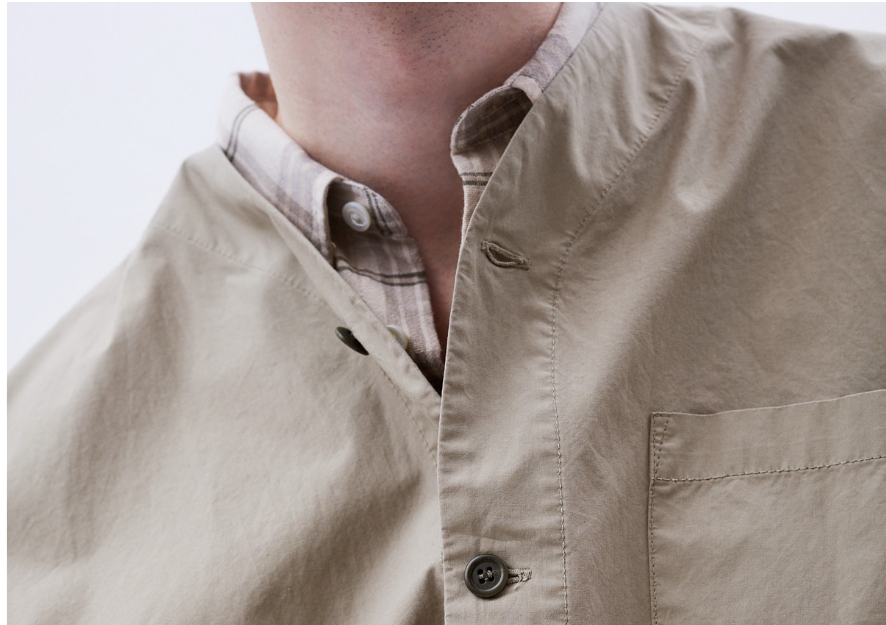Innovating Through Harmony — A Conversation With Jonny Nash14.09.2023
In the quaint village of Egmond-Binnen, we find Jonny Nash. Farmlands and forests surround this place which is firmly bordered by endless beaches to the west. The essence of calm is captured here. The undulating waves and the wind blowing through the sand grass bring with them a rhythm, a harmony of peace and playfulness.
Nestled in this rural beauty, far away from street lights and noise pollution, Nash settles in with ease. We join him in his cottage home as he slowly puts down roots. All the while, reflecting on his time already spent here and the gift of inspiration that has already been shared.

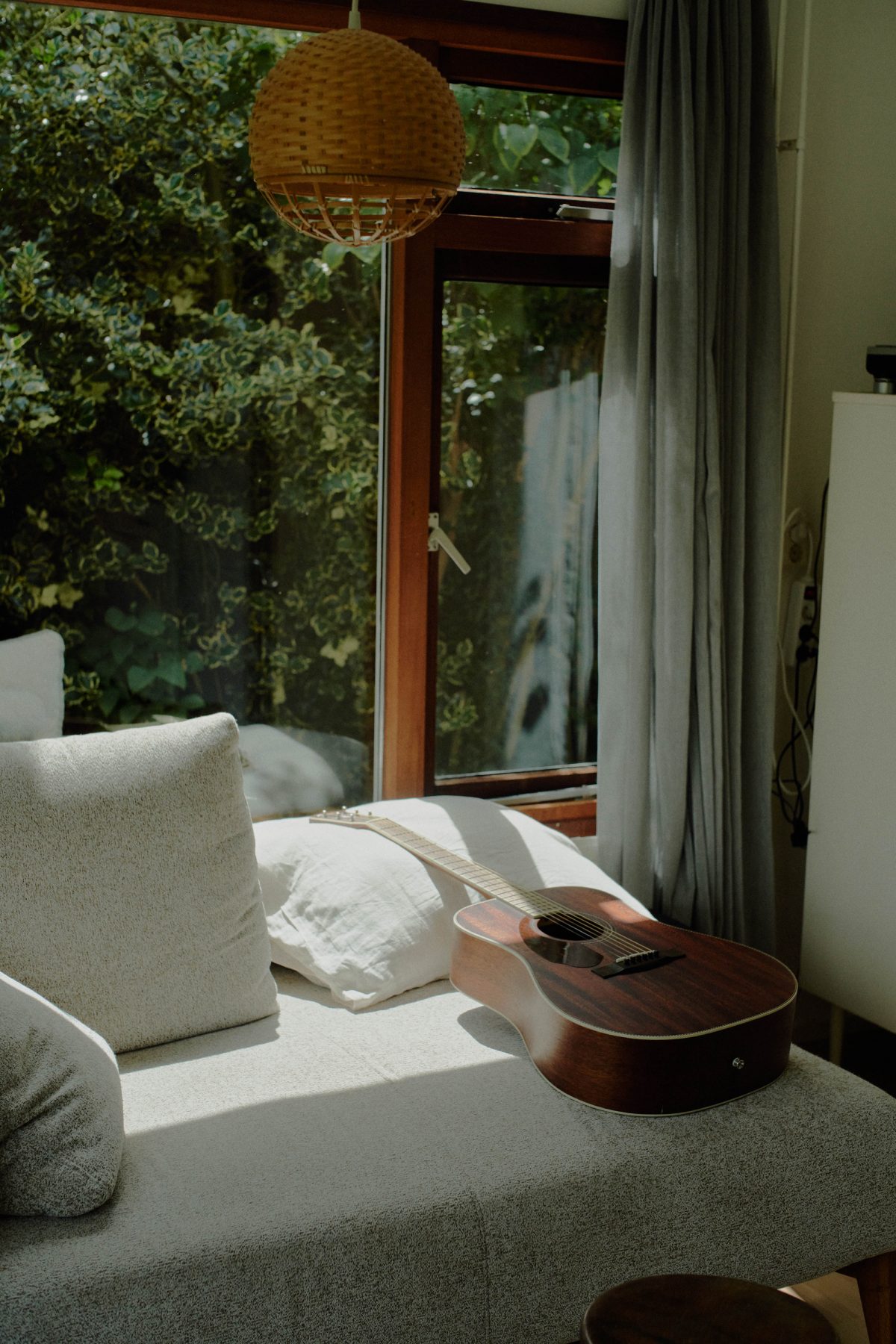
Tell us what you’ve been up to lately.
I did a two-month bike journey across Europe of over 2,000 kilometres. It was great, quite intense, and had its ups and downs, but it was a great experience. Coming back from that, I’ve also moved out of Amsterdam to about 50 kilometres north into more of a rural environment. I’m just in the process of setting up the house and a new workspace. But, I’m also coming to the end of a project of releasing a record. That marks the end of one chapter and the start of a new one.
Why music? When did you choose this path — or did this path choose you?
I was incredibly into music from a really young age. Especially listening to music and buying records. I was the precocious kid who was into all these indie bands when I was 10 years old, trying to hang out with the kids who were like 15. I’ve always been an avid listener.
In terms of playing music and learning instruments — that was something that came a little bit later. From the time I was a student, I’ve constantly been making music. I spent my student loan on a PC with Cubase and a sampler, which is now totally worthless, but it was almost £2,000 at the time. Ever since then, I had been making music alongside doing other work. Gradually, as time went on, I was able to phase out the other work and focus more on music.
The path definitely chose me. In terms of making it a living and a job, I’ve been doing that for eight years. But, from when I began, I didn’t see how that would be possible nor expect it to necessarily turn out this way.
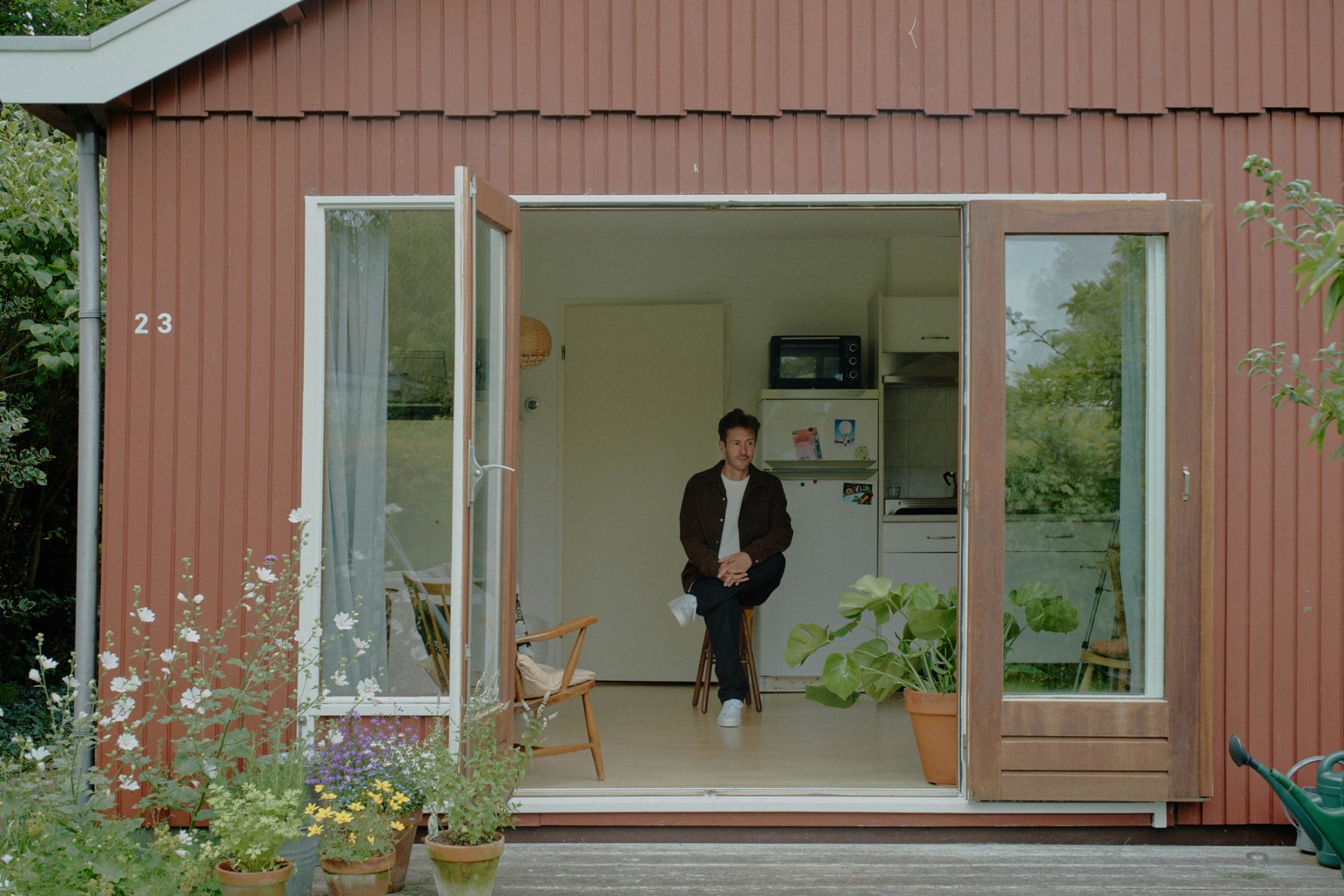
How do you feel about the mystic aspect of creating art?
I try and approach the creative process with a lot of respect for the mystery and the power that’s in it. I always think that when you’re sitting down to create, you’re going into the other side, or to the ether, to try and pull something out. That’s how I look at it. In that sense, I think that creating, the act of creation, definitely pulls me out of myself and connects to something larger, beyond me, whatever that might be.
I treat the creative process very much as a process of going to the unknown and outside yourself. I think just opening yourself up to going to that other side and being open to receiving what might come, that’s the most important thing. Just being open enough to go into the creative process blind and see what comes from the other side, from the ether.
Is there such a thing as an “ideal” when it comes to creation? Whether it’s where the creation happens, or the creation itself?
The closest thing to an ideal that I would think of is how close did you get to the intention that you initially had when you set out to make the piece of art?
The only way of measuring how successful or how close to the ideal something is is by your intention while making it. What did you intend to express, and how close did you get to that? I don’t think you’ll ever get fully close to expressing what it is that you want to, but the closer that you can get to that feeling, or that idea, or that vague sense that you have, the closer you get to realising that intention.

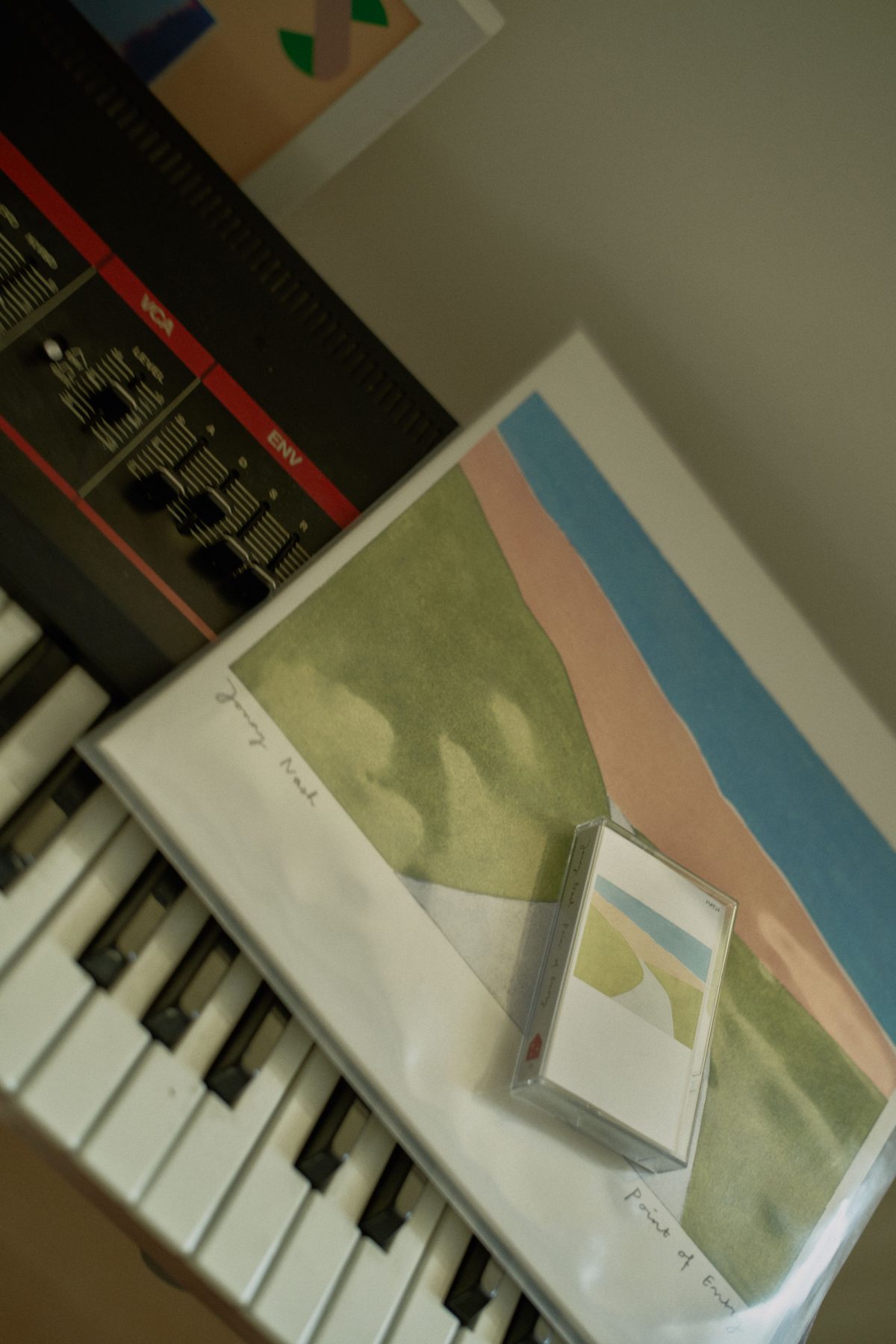
How much do you rely on your brain to create? What is cerebral and what is innate?
It’s a very mysterious, grey area. I try to not get overly cerebral and to let things flow as much as they can. I think that a lot of the process of creating is relying on these little hints that your subconscious gives you and not dwelling on them or overworking them, but having the confidence just to roll with those ideas. Sometimes, getting too cerebral or too conceptual, for me, can put up some sort of barrier that makes it harder to get to the clearest point of the attention that you have with the work.
But, there is also a cerebral aspect to it. The key is to know when to let that go to the forefront, when to let that stay at the back, and when to just let things be more of a flow state. If you’re looking at the lifespan of creating a piece of work, there’s going to be periods where it is valuable to live in the head. At some point, you have to drop that and just see what happens. If you can get the balance right of that, and the timing right, then things can go pretty good.
Silly question, but, how important is it to have fun while you work?
Oh, this is not a silly question. I think it’s really important. This is another way of keeping things not too cerebral. I think humour and fun are such great ways to bypass a lot of things and get to the source. Joy, playfulness, experimentation — the more you can connect to those, the better. I really felt that in the recent year of working on the last record. That, for me, was the mantra: to enjoy and play and have fun. This is such an important aspect, and yet again, is a good way to balance this very cerebral side with more of a body or just a feeling side.
Do you see what you do as a job, in the most basic of senses, or freedom?
For me, it’s freedom. I’m very fortunate that no matter what circumstance I was in, this would be my ideal job, to do what I do. But, I don’t exist in a vacuum and I have to survive. So I think you also have to find ways to keep a certain area totally free and protected. A core of your creative process that can exist in its own imaginary world, devoid of the day-to-day realities of life. I think it’s really important to keep that.
But, at the same time, as well as having my artist hat, I also have the hat of a label manager and owner, releasing my own music and the music from a small roster. In releasing music, I’m ultimately happy if a wider audience can hear it. The more people who can get something positive from the music, the better. I really like that and it makes me feel great. Seeing it on those terms, it’s also possible for me to put the job hat on and think, “Okay, how should this music get out to the most people and how can I push it out there?” So yeah, I try to have a balance of the two, but ultimately it’s freedom for me.
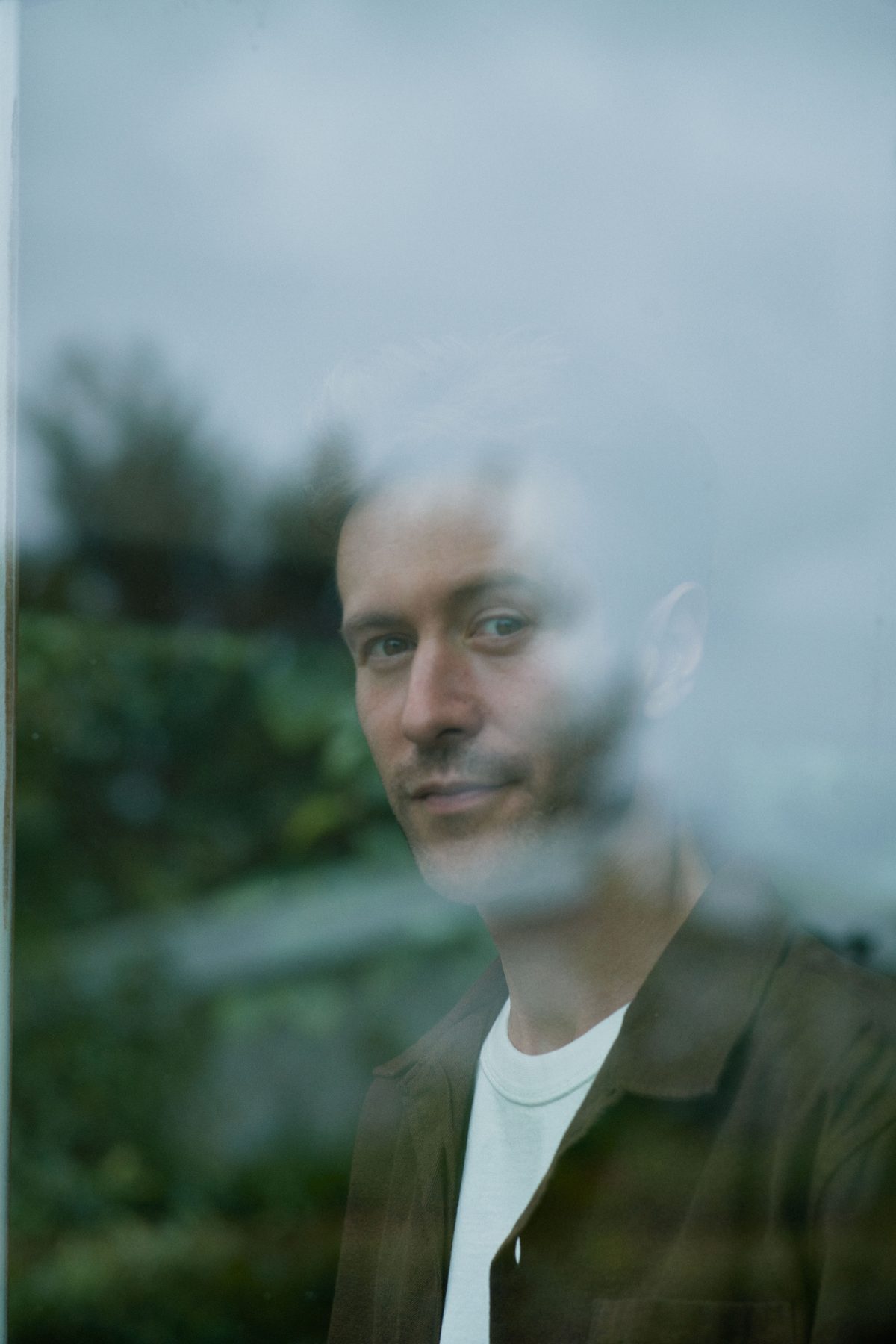
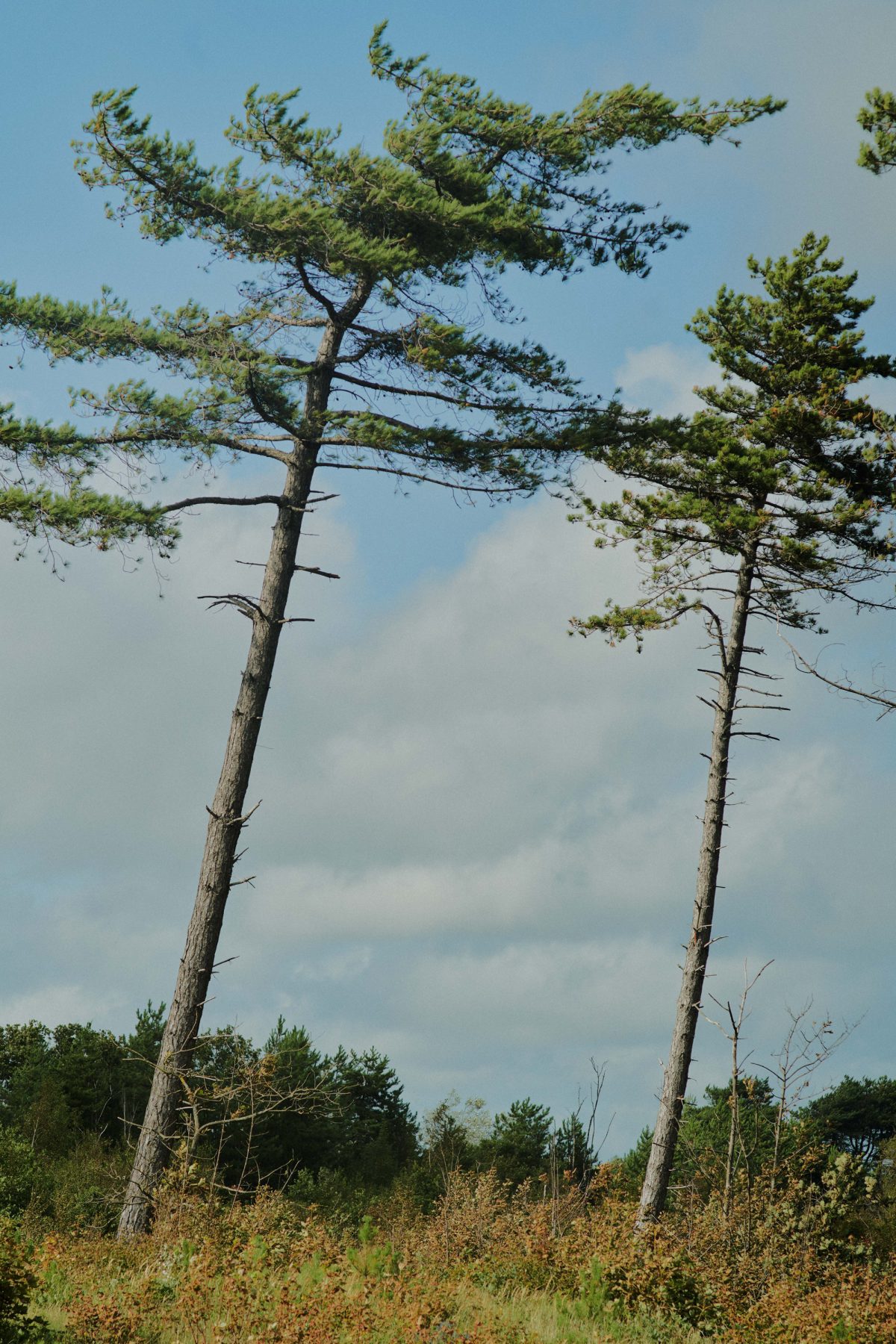
On the Tetragrammaton podcast, Rick Rubin and Trent Reznor spoke about both the ease and the difficulties of creating a concept album. How have you approached concept albums in the past? Is Point Of Entry something different entirely?
Concept albums, or starting with a very fixed concept of what you’re trying to achieve, can be very helpful in the sense that it immediately frames what it is that you’re trying to do. You’re not faced with the vast openness of, “What is it that I’m trying to make?” You can structure and limit things. The concept could be that you’re only working with particular instrumentation or a set group of musicians; even that can provide a conceptual framework that can allow you to start within certain parameters. That can be really helpful.
Sometimes, it’s the hardest thing to just sit down with no concept and just play and see what comes out. Then, you’re having to trust yourself and trust that that will work. For Point of Entry, I was able to get closer to that and to think, “Okay, there’s no concept of what this should be, apart from me turning up in the studio every day, plugging in the gear, loosely imagining the place where I would like to hear this music or where I imagine it to get played.” Aside from that, there was no overarching concept.
I think you have to — well, from my experience — you have to be in quite a good place creatively to not have the crutch of a larger conceptual framework. Maybe, in the past, that was a good step-up to begin a record by creating this conceptual framework. But, of course, it can also bring difficulties. For me, I think the hardest — but also the best — is to actually see what happens when you have the confidence to drop the conceptual approach and try and connect with what it is that you’re trying to make.
Tell us more about Point Of Entry. How did you approach it? What was the inspiration?
The inspiration for the record was twofold. Like I said, there wasn’t a great overarching concept. It was important that I left things to be spontaneous and to be improvised in their approach. But, it was influenced by the environment that I’ve spent a lot of time in. In recent years, I’ve spent a lot of time outdoors, a lot of time walking, a lot of time in the dunes by the sea of North Holland, and a lot of time in a small cottage there. This has been a place where I’ve really come to enjoy listening to music, playing music, writing music. The idea to create something that would fit in that space and the kind of record that I’d want to listen to in that space was one of the guiding feelings of Point of Entry.
On the other side, it was more of a vague feeling that the music should be positive. Something that could give people a sense of peace and joy listening to when they wake up in the morning, or listening to before they go to bed at night. The kind of record that you can endlessly flip to side A, to side B, back and forth. These were the feelings and visual anchors that were important.
In terms of making it, I just let that process of turning up, plugging the gear in, and playing over the course of six months — that was central, just seeing what happened with no expectations and no weight. A lack of weight and a sense of lightness and joy and playfulness was central.
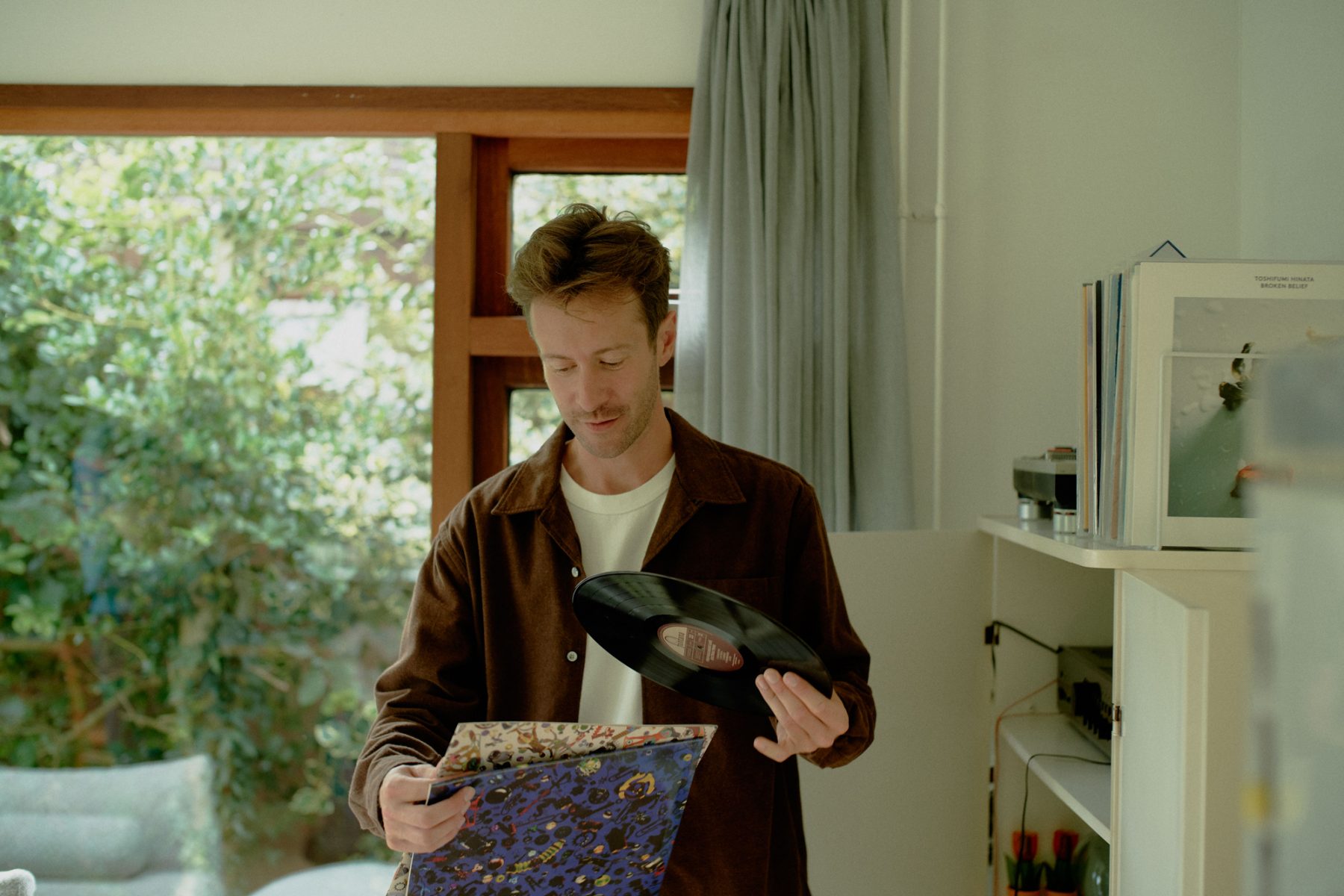
It’s been a while since you’ve done a singular piece. Why now?
My last solo record was in 2019 — Music From Memory — which was a very conceptual album based around certain concepts of time and space. After that, I went through a bit of an exploratory phase of working with a lot of different musicians and recording techniques, getting more familiarised with acoustic recording using microphones. I learned a lot in those years. I did a record with an Indonesian musician, Teguh Permana. I did a record with a Romanian singer, Ana Stamp. I worked closely with Irena & Vojtech Havlovi from the Czech Republic — all of this music was rooted in folk traditions from various countries.
It was a period of learning technically and also learning different musical traditions and cultures. I wanted to work in that collaborative way with other people. It was a period of curiosity, driven by a desire to work with other people. It was four years, but the time goes very quickly. But, it was pretty clear after finishing the last record in 2021 that it was time to focus on my own artistic practice and see what happened with this expanded toolkit that I had.
Tell us more about the background behind this album’s conception. What are you most proud of? What was difficult?
It came out of the result of those last records. It came out of thinking, “Okay, I’ve learned all these new tools. I’ve worked with a lot of people. I think this is an interesting moment. What would you make if you were now in a room by yourself recording and playing?”
What I like about the record is that it’s the most complete representation of who I am musically and what I want to try and express. It’s a record that combines a lot of different threads that have been in different records across my catalogue. It does so in a way that is seamless. I managed to achieve this balance of acoustic and electronic recording, which is something I’ve been trying to aim for for a while. I’m happy with how it flows, and it’s a good representation of the different sides of who I am as an artist.
I have to say this was not such a challenging record to make. Sometimes you have records that are tough, you really struggle. You just can’t get things right. You have to work at it. Then, sometimes, you have records that just come out easy and that’s just the way it is. I’ve finished a lot of projects over the last ten years and with each time you get something, push it through to the finish mark, you learn something. You can see [that] sometimes it’s really tough. Sometimes you feel like you’re not getting anywhere. Sometimes it’s easy. It just varies, but neither way is the right way.
For this record, it was about setting up the right space and the right environment to feel good about playing in. If you’re in a good space in your life and you have a good space to work in, and you have the confidence in rolling with that. If you’re lucky, you can get to the end of the process without any major blockages or troubles. This was one of them. I mean, who knows, I might approach the next one now and be totally stuck for a year.
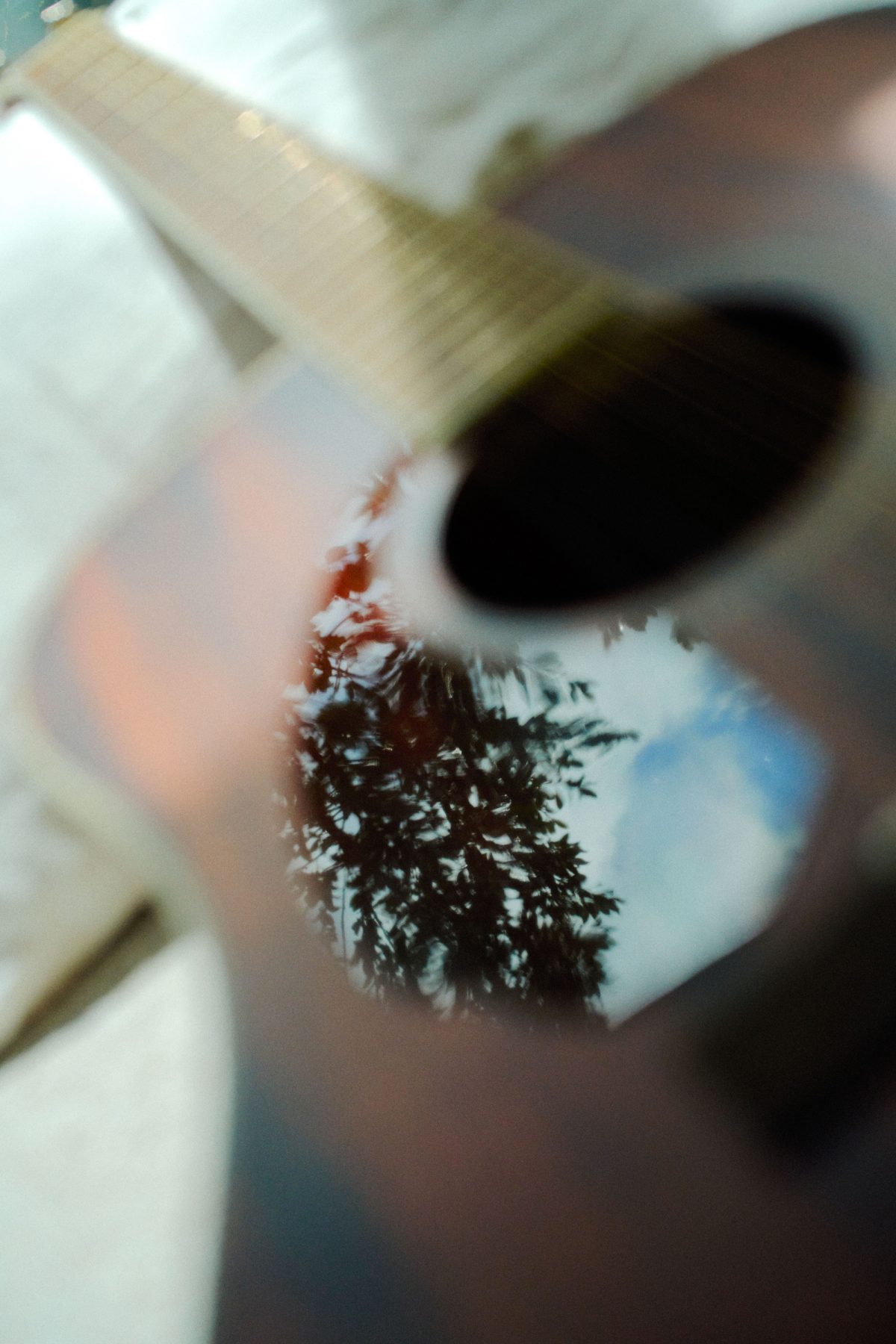

What instruments were you adamant about using on this album? Which instruments just made sense and found their way into the album intrinsically
There are a few! I knew that I wanted to have a good balance of acoustic and electric guitars together. I’ve been experimenting with acoustic guitar a lot in the last couple of years, and I felt it was a nice development to add this in. For this record, I used a really small, fretless bass, which is an unusual little instrument that sounds like an upright bass, but it’s a small guitar. It’s a weird-looking thing with these mad, white rubber strings, but it’s cool. It’s got such a nice sound.
In addition to that, I did a lot of textural work with a lap steel guitar. I’ve been listening to a lot of music with pedal steel and lap steel. The sound, I think, is so fantastic. A full-on pedal steel guitar is pretty difficult to learn and also super expensive but I got this small lap steel, and is nice for adding these textures. This lap steel guitar, electric guitar, acoustic guitar, and also this weird acoustic bass: I knew that those four elements would be enough for me to paint a lot. Across some tracks, it’s mostly the acoustic — some tracks, the electric. But I feel like with these four, there’s so much that I can do. They formed the cornerstone of the record.
What ultimately led you to create Phantom Actors?
During that time, I was listening to a lot of old, weird New Age music. I went down a big deep dive of that kind of sound. Simultaneously, a lot of Detroit techno, the more melodic and non-dancey side of that. Artists like John Beltran and Neil Ollivierra. This record was a fusion of this ’80s weird New Age music and these Detroit electronic influences. It was a representation of what I was listening to at that time. You can hear it across the five tracks, the real strands of those two sounds.
It was an important record for me because it was the record that I began the label with. That was the start of a great journey and setting up the label was so valuable for me. That was born out of a desire to just have more creative control over my own output and also build something up for myself. The initial plan wasn’t even to have a roster of other artists on the label, but it was just to have an outlet at home from our own music. It’s expanded nicely at a slow pace. It’s been almost ten years that the label’s been running and it’s got a small but solid catalogue that I’m proud of, from both myself and the other artists that have contributed.
Watching your style evolve over the years, do you revisit this EP and think of the scope of your career?
Definitely. I think I’ve been doing it for long enough and released enough things that it’s quite nice to look through the body of work and see how things have progressed. I always wanted to be the sort of artist that in 20, 30 years [could] look back at the body of work and be like, “Oh yeah, you really tried out different stuff. You were curious.” I hope that I would be able to look back at the catalogue and for it to be clear that that was someone curious to try new things and follow what they were into at the time.
Of course, throughout the development of the catalogue and the development of my music, there’s a mix of, maybe, certain things that were resonating with me at the time. Underneath that, there are also underlying constants and an underlying mood or feeling that I think I’m always trying to get to. That’s something that allows time for space and thought without being too sweet or too obvious. That’s from Phantom Actors, still, to now; I’m still chasing that feeling and trying to express that feeling in the music.
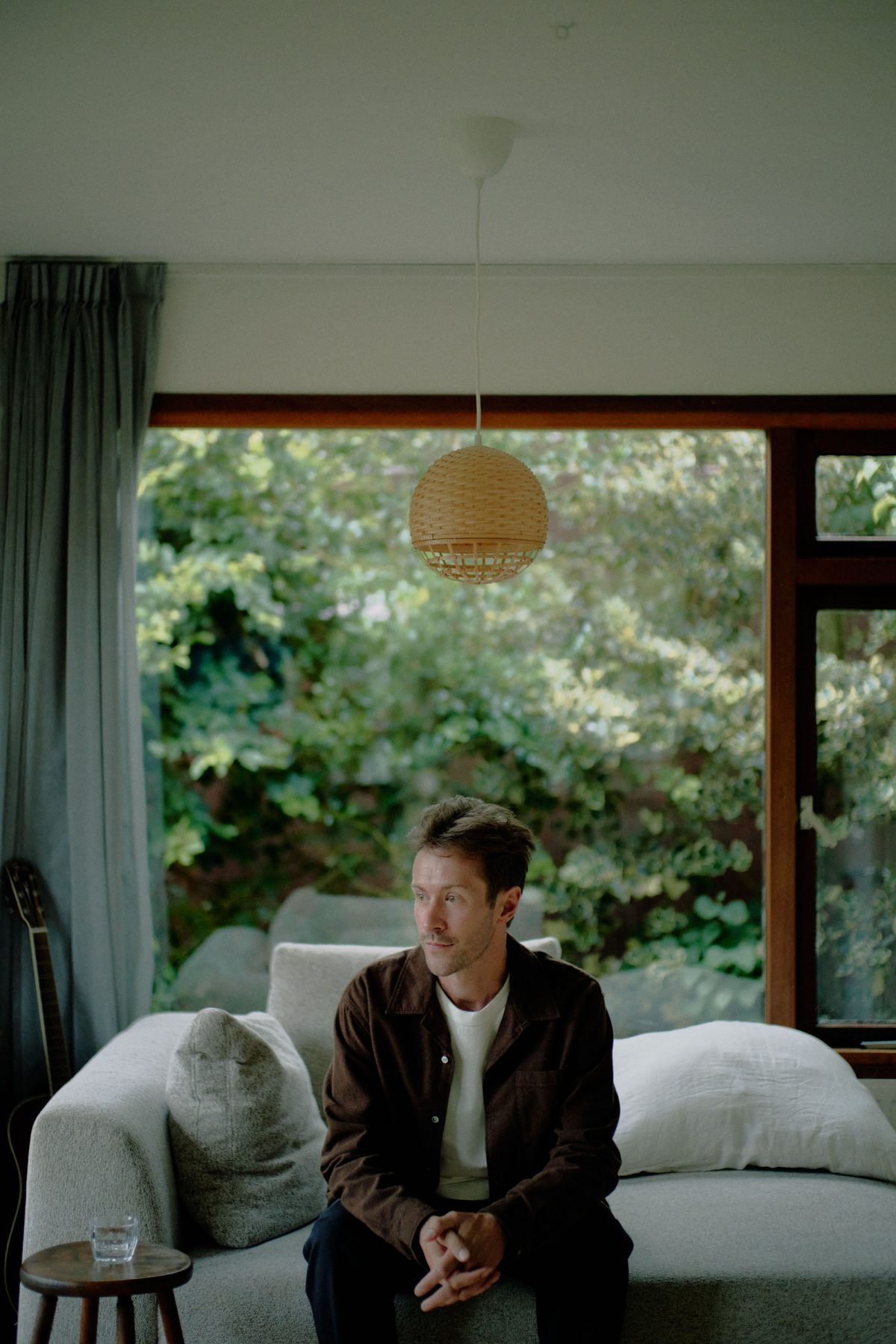
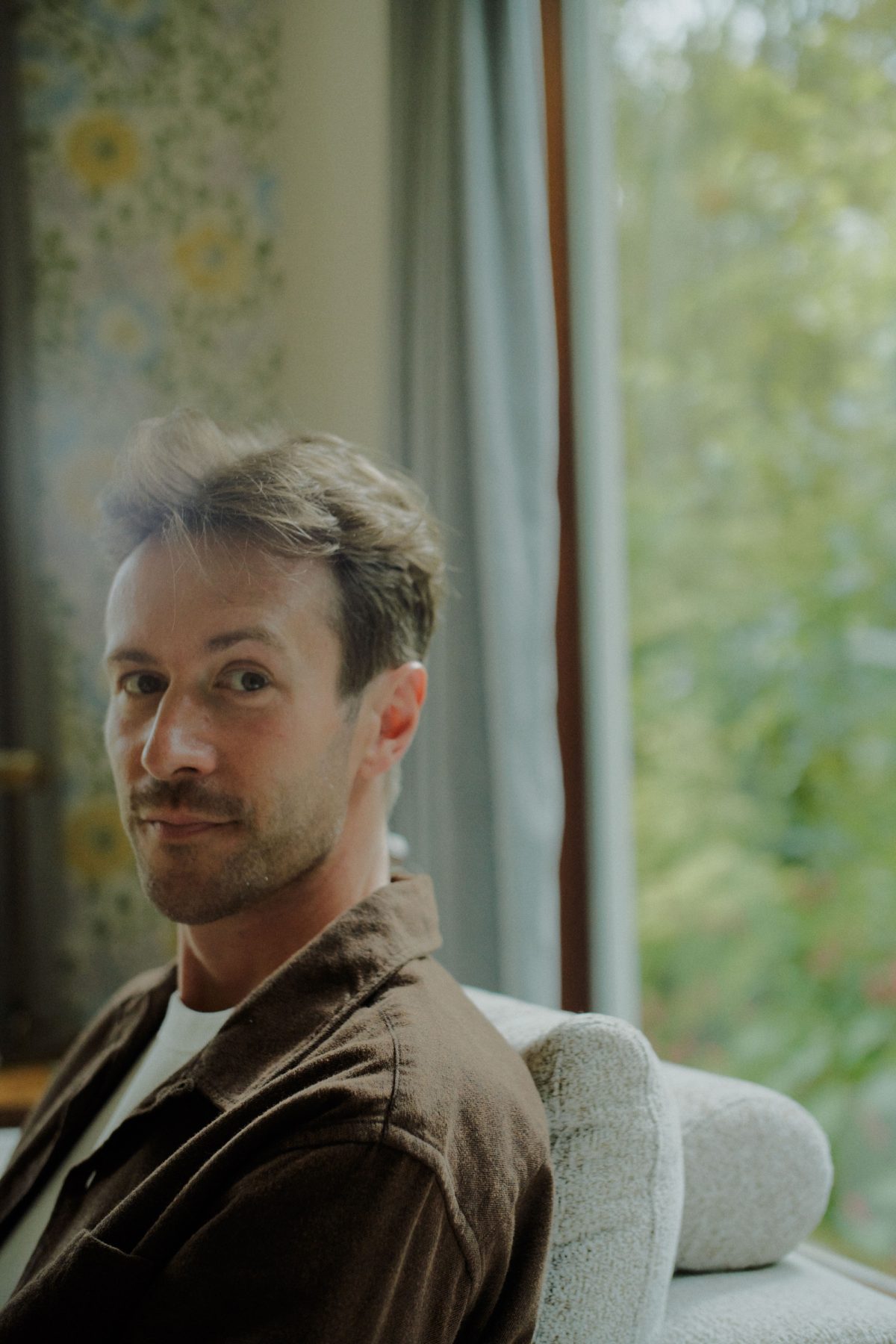
Tell us about collaboration. How do you conceive a project around a collaboration?
Sometimes, it can be that from the outset, I specifically hear a particular player or musician and I instantly think, “Oh, this is going to resonate and fit well with what I want to do at the time.” For example, the record Poe that I did with Teguh, the Indonesian tarawangsa player. The tarawangsa is this two-stringed Indonesian instrument and I knew instantly that that would fit so well with what I was trying to achieve at the time. I was working a lot with piano and super-sparse arrangements, and it was immediately clear from hearing, like, “Okay, this is going to work.” Sometimes the collaboration can be entered into with some sense of knowing that this is going to fit well. Other times collaboration can be an exercise in seeing what will happen and it could come out fantastic or it could be a total mess — but that’s also nice.
I always like collaborating because you always pick up something new and it’s fascinating to see how other people work. With every collaboration that I’ve done, there’s one or two little things that will stick with me as an artist and I’ll always remember. It’s nice to have a tiny thing like that to add to your toolkit or another colour that you can paint with. I do love learning those things from people when I collaborate with them.
What do you get from working with someone else?
It can allow you to get into a state of unconsciousness and not overthink things a lot easier. If you’re working with someone, it’s a lot easier to get into this state where you’re letting things flow and you’re not thinking about it in terms of you and your ego and what you’re trying to achieve. It is possible to get into that state for me by myself, but it’s nice just to be with other people and enjoy that process of losing yourself. It’s also just great to play with other musicians and feed off their energy and create something more than the sum of its parts. It gives a lot of energy and joy.
What have been your favourite collaborations? Who do you hope to collaborate with in the future?
There’s been a lot and they’ve all given something different. I still love what happens when I play with Gigi Masin and Marco — Young Marco, Marco Sterk — like when we do the Gaussian Curve together. I think that’s effortless magic that always seems to happen when we play, whether it’s in live concerts or whether it’s when we sit down in the studio to make albums. That’s a collaboration that I hold dear to my heart and is special. I hope that we can find the time to make some new music together in the future.
I’ve worked a lot with Diego Herrera. He’s the guy I’ve collaborated with the most and we know each other’s musical style so we can have fun and mess around and try things out. We’ve made quite a lot of music together and, if I look back at the records we’ve done together, we’ve done quite a variety of styles — but I think they all have something special and unexpected in them.
In terms of future collaborations, I mean, every year I try and contact Paul Buchanan from The Blue Nile — it’s a Glasgow band — but no reply yet [laughs].
